Although it may be too cold to get out into the garden, it is the perfect time to start brainstorming your beautiful butterfly garden, purchase seeds and support organizations that are protecting Monarch overwintering grounds! 1. Adopt a Monarch ColonyWestern monarch overwintering sites as well as those in Mexico could use your help! Butterflies and Their People is an organization based in Macheros, Mexico (near Cerro Pelon) where thousands and thousands of Monarchs overwinter. This organization employs people to be guardians and caretakers of the Monarchs and their overwintering grounds. Cerro Pelon is closed to the public for the second year in a row. In place of this, they offer a virtual Monarch butterfly experience included in their Adopt a Colony program in order to support the Monarchs and the guardians of the forest. You can adopt an overwintering site in the United States and become an advocate for the site’s protection and active management. Contact your local elected official to ask that monarch overwintering sites in your area be protected. View the Xerces Society's Management Guidelines for Monarch Butterfly Overwintering Habitat Make a donation to your favorite Monarch or other pollinator conservation program. Many programs like these are donation-based and are fighting to save our Monarchs everyday! 2. Do your research.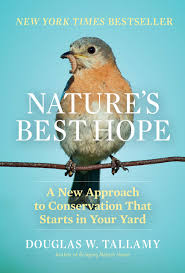 There are many resources out there if you want to learn about ways you can help protect Monarchs and other pollinators. A must-read is Douglas Tallamy’s new book Nature's Hope and Bringing Nature Home . As a professor of Entomology at the University of Delaware for over 30 years, Douglas has a strong grasp on the importance of planting native plants in order to sustain wildlife. Douglas’s style of writing makes scientific writing accessible to everyone. He explains the role of evolutionary relationships between native plants and pollinators while providing tips on how you can start your own native garden. Another great book that discusses the relationship between native plants and pollinators is Pollinators of Native Plants a book by Heather Holm. This book focuses on plant profiles and insects of the Midwest, Great Lakes, Northeast and southern Canada regions. Other recommended books for the pollinator conservationist are: Attracting Native Pollinators -The Xerces Society Native Plants of the Northeast: A Guide for Gardening and Conservation by Donald J Leopold Your local library is a great place to start your research! 3. Start your milkweed seeds indoors.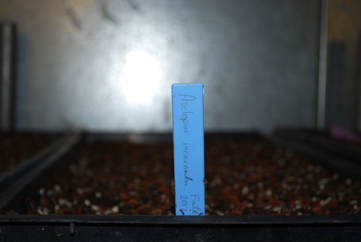 Milkweed seeds need a 30-60 day cold stratification period so it's never too early to start! Starting seeds at home is a cost-efficient and fun way to get a head-start on the gardening season. Starting your seeds in a controlled environment allows you to make adjustments to soil, temperature, and moisture for best germination results. The ideal time to start seeds indoors in generally 6-8 weeks before your last frost date so check The Old Farmer’s Almanac to look for your area's average last frost date. You can also refer to our last blog post on How to start Milkweed seeds indoors to get started! 4. Start planning your pollinator garden!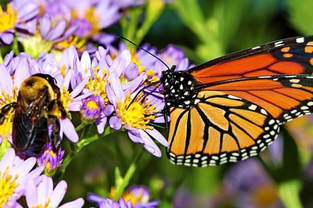 By starting a butterfly garden, you are providing necessary sustenance for Monarchs along their long migration route and providing them with breeding grounds so that successive generations of Monarchs are able to complete their migration route to Mexico. The need for host plants and nectar plants applies to all Monarchs as well as other butterfly populations. Here are some questions you may want to ask yourself when planning your butterfly garden. 1. Am I in the migration route of the Monarchs? This handy graph by Monarch Watch tells you when the Monarch migration will peak in your area 2. What time of year are the Monarchs in my region? Journey North provides Monarchs sightings and also archives past years. 3. What plant zone am I in? The USDA’s plant hardiness zone map tells you what plants will grow in your region. 4. What are my soil conditions? Is your soil sandy, clay-like, silty, loamy? You can find out with an at-home soil test. Research soil requirements for the plants you’d like to grow. If some of plants require an uncommon soil type, you might consider potting them. 5. Is the area I want to plant in full-sun, part-sun or shade? Take a walk around the area that you plan on starting your butterfly garden. Observe that area throughout the day and notice how much sunlight it gets. Full sun plants require at least 6 hours of direct sunlight while part shade/part sun plants require 3-6 hours of direct sunlight. 6. Is the area windy? Monarchs and other butterflies don't love wind so try to find a peaceful, non-windy area for them to rest. 7. What types of plants do I want to grow? A common recipe for butterfly gardens is 3 kinds of Milkweed (common, butterfly and swamp), 5 native plants that flower in the Spring, 5 that flower in the Summer and 5 that flower in the Fall. This will ensure you have a year-round garden! Also, make sure that your plants are native to your area so native bugs can flourish! 4. Become a citizen scientistBecoming a citizen scientist is quite easy and allows you to connect with other nature enthusiasts, naturalists and conservationists. Citizen scientists from around the country log data and observations which is vital to understanding the monarch migration, biological cycles and why they are disappearing. Simply by writing down a Monarch observation and logging it into one of these sites will contribute to science and help the Monarchs. Below are some great places to start if you would like to participate in Monarch research and much more. Journey North Southeastern Monarch Monitoring Project inaturalist Journey North Monarch Monitoring Project Monarch Watch All you need is a pencil and paper to get started! Some of these websites also offer tagging materials and free educational materials so you could hold a Bioblitz or tagging event in your community!
0 Comments
Your comment will be posted after it is approved.
Leave a Reply. |
AuthorRebecca Chandler Archives
March 2024
Categories |

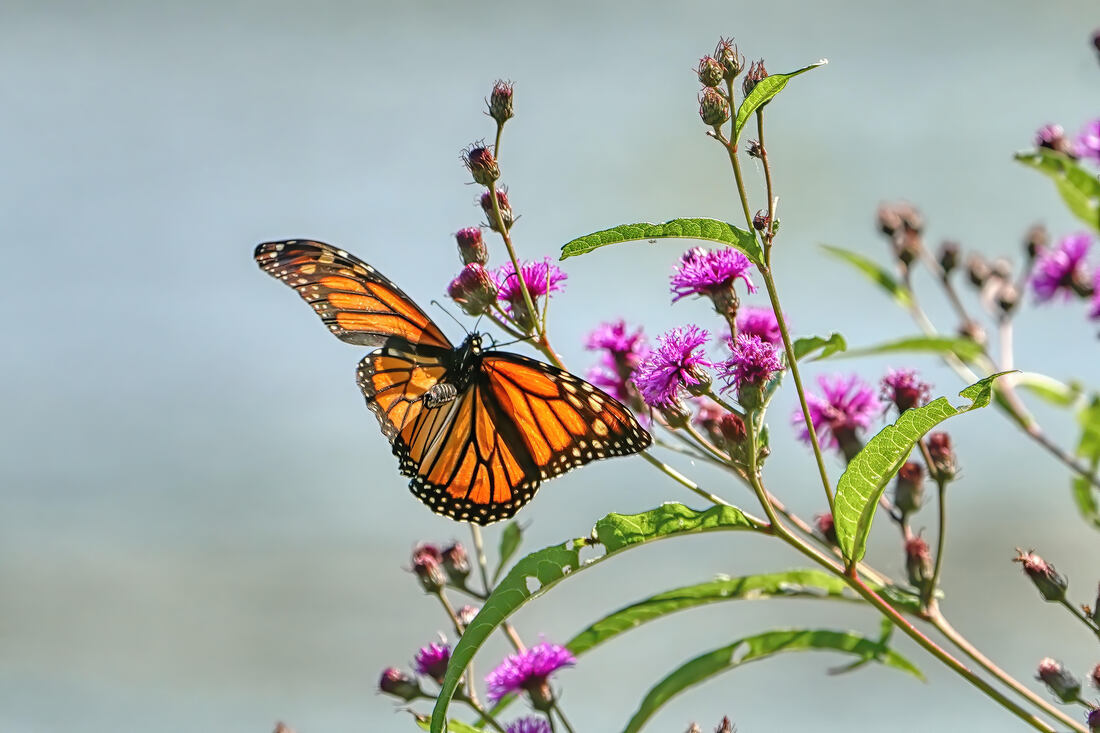

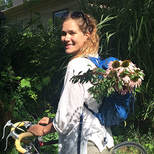
 RSS Feed
RSS Feed